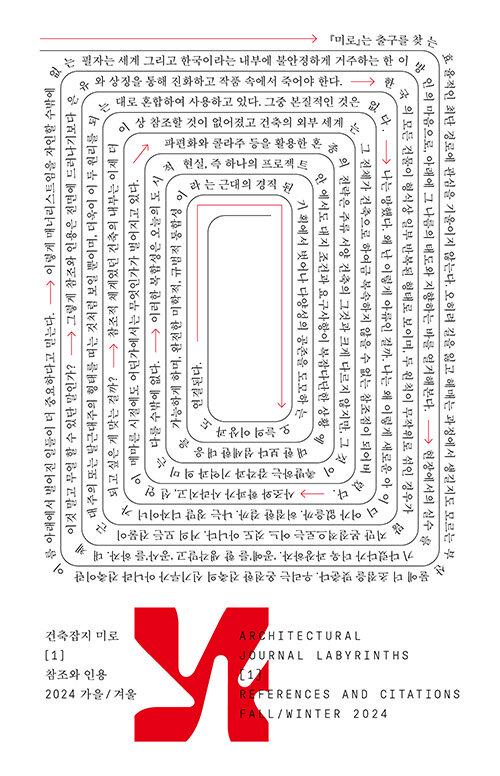purpose
Modern architecture emerged from class struggles and recognition battles, with magazines serving as the most effective weapons on this battlefield. Without exception, across every state, magazines were the medium that propagated new architectural ideologies, united colleagues, and carried information. The interwar avant-garde, the neo-avant-garde of the 1960s, and each state’s post-war reconstruction and pedagogical innovations would be unimaginable without magazines. A significant portion of modern architectural history should be dedicated to these publications, both major and minor, that flickered in and out of existence through launches and closures.
title
“Labyrinths” is both a metaphor for and a representation of architecture‘s current predicament. In a situation where we cannot find the precise exit—perhaps where no exit exists—we attempt to extract discourse, theory, criticism, and history from a reality where everyone gropes in the dark in their own way. “Labyrinths” shows little interest in finding the most efficient, shortest route to an exit. Instead, it focuses on the potential by-products that might emerge from the process of getting lost. We believe that what occurs under the name of architecture is more significant than the mirage of perfect architecture. This is why we chose as our title not the mythical archetypal architect, but rather “Labyrinths”—a product of a labyrinthine world.




